Larry Clarfeld's NFC Highlights
Last Updated: 11/30/20, 47 species
When I began recording for nocturnal flight calls (NFC's) in my suburban neighborhood in Essex Junction, Vermont, I was cautiously optimistic that something interesting would turn up. My first year of recording exceeded all expectations, revealing a bewildering diversity of birds passing over in the middle of the night. There are dozens of hours of recordings still awaiting analysis, but here are some of the highlights of what I've found thus far.
Disclaimer: All recordings are from my backyard in Essex Jct, Vermont, USA. Spectrograms are not all in the same scale, so note the time and frequency ranges when interpreting. Identifications are my informed opinions, and in some cases confirmed by others. If you notice a misidentification, please contact me and let me know.
Index
Waterfowl
Brant
Canada Goose
Wood Duck
Cuckoos
Yellow-billed Cuckoo
Black-billed Cuckoo
Rails
Virginia Rail
Common Gallinule
Shorebirds
Semipalmated Plover
Killdeer
Upland Sandpiper
Pectoral Sandpiper
Short-billed Dowitcher
Wilson's Snipe
Spotted Sandpiper
Solitary Sandpiper
Greater Yellowlegs
Herons
American Bittern
Least Bittern
Green Heron
Black-crowned Night-Heron
Songbirds
Alder Flycatcher
Golden-crowned Kinglet
Red-breasted Nuthatch
Veery
Gray-cheeked/Bicknell's Thrush
Swainson's Thrush
Hermit Thrush
Wood Thrush
American Robin
American Pipit
Pine Siskin
American Goldfinch
Grasshopper Sparrow
Chipping Sparrow
Fox Sparrow
Dark-eyed Jucno
White-thraoted Sparrow
White-crowned Sparrow
Song Sparrow
Lincoln's/Swamp Sparrow
Bobolink
Baltimore Oriole
Ovenbird
Black-and-white Warbler
Common Yellowthroat
American Redstart
Cape May Warbler
Northern Parula
Bay-breasted Warbler
Black-throated Blue Warbler
Yellow-rumped Warbler
Canada Warbler
Wilson's Warbler
Scarlet Tanager
Rose-breasted Grosbeak
Brant (Branta bernicla)
This "sea goose" may be hard to find away from the coast during winter or summer, but they do pass over Vermont during nocturnal migration. I had three flocks pass over during the course of two consecutive nights this spring. The sectrogram just shows one second, but the recording is just shy of a minute as the flock passed over.
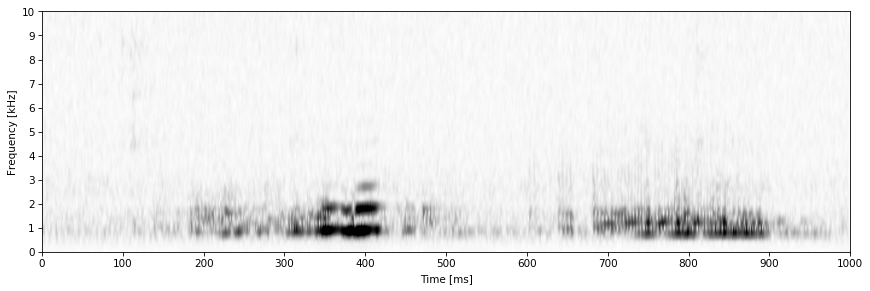
5/15/20 12:56 AM
Canada Goose (Branta canadensis)
An occasoinal night-time occurance during migration, I think they mostly migrate by day. A few weeks before this recording, I had 1,000 pass over my house in about an hour. Some geese passed close by in this recording, which lasts almost a minute.
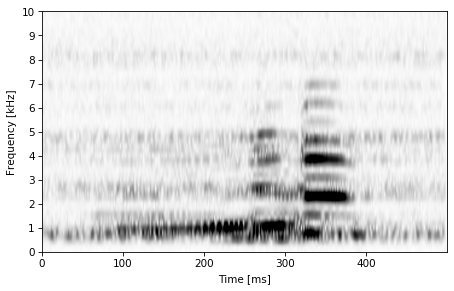
10/24/20 7:49 PM
Wood Duck (Aix sponsa)
Not an NFC that I was expecting to hear.

6/8/20 1:19 AM
Yellow-billed Cuckoo (Coccyzus americanus)

6/12/20 12:17 AM
Black-billed Cuckoo (Coccyzus erythropthalmus)
This is the species that got me interested in NFC's. An elusive bird by day, the Black-billed Cuckoo is notorious for its frequent vocalizations during nocturnal filghts. I recorded dozens his spring, and hope to add more examples here.

6/11/20 11:48 PM
Virginia Rail (Rallus limicola)
The most common rail in Vermont, but still a tough one to spot given its secritive nature. They are a fairly common breeder, and I know of places they likey nest within 2 miles. I've had Virginia Rail NFC's a few times now, and all but once they hvae used the "kidik" call shown here:

6/03/20 11:04 PM
Common Gallinule (Gallinula galeata)
A secretive marsh bird, I am not very familiar with the Common Gallinule, and have had very little exposure to this species in the wild. I must have stepped away from the mic when this bird called, which would have been a county first for me if I had been listening live. I am not aware of how often they call like this during nocturnal migration, but it was a pretty exciting find!


5/14/20 11:35 PM, 5/15/20 12:17 AM
Semipalmated Plover (Charadrius semipalmatus)
Semipalmated Plovers are beautiful little birds that can be found with some regularity during migration along Lake Champlain. Move away from the lake, however, and they are seen much less frequently. This individual flew over, calling the whole time, resulting in a 47 crecendo of NFC's. The spectrogram represents one of the louder of these calls.

8/31/20 4:30 AM
Killdeer (Charadrius vociferus)
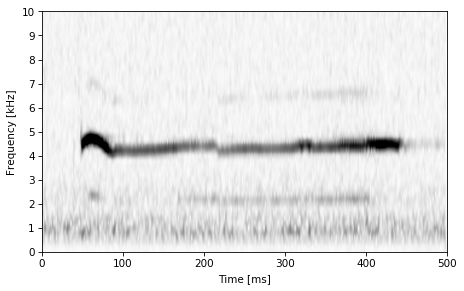
10/20/20 11:26 PM
Upland Sandpiper (Bartramia longicauda)
I have now heard as many fall-migrating Upland Sandpipers in my yard in the last few weeks as have been reported in the entire state of Vermont in the last 20 years! Upland Sandpiper is a species in decline for several decades, having disappeared from much of its former range in the east. In Vermont, they are listed as endangered. Some recent work done by Jason Hill and colleagues with Vermont Center for Ecostudies revealed that this species makes long, non-stop flights during migration. Who knows how many actually pass over our airspace without ever touching down. So far only the first of my two observations are shown here.

8/30/20 11:06 PM
Pectoral Sandpiper (Calidris melanotos)
Both spectrograms are of calls that are part of the same call sequence (recording below)
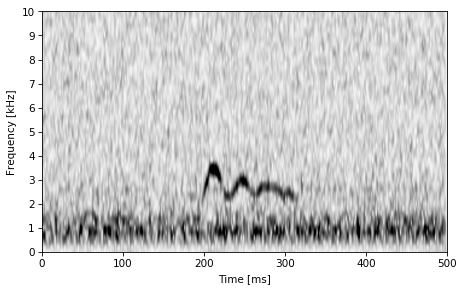

5/17/20 1:12 AM
Short-billed Dowitcher (Limnodromus griseus)
Short-billed Dowitchers pass throuh our area every year during spring, and more commonly, fall migration. Still, it is unusual to see one away from the shorebird "hotspots" along Lake Champlain and Dead Creek WMA. I certainly think it is uncommon as a yard bird in the suburbs. Luckily, the microphone caught at least one set of calls this sring during a big shorebird push!

5/26/20 2:20 AM
Wilson's Snipe (Gallinago delicata)
One of the species that breed in Vermont, it was a great surprise to hear this individual calling (just once) as it passed over, as I know of no locations within a few miles radius where they nest. I suspect this one was just passing through. The call sequence was 4 seconds long, quite a bit lengthier than most here, so it took some finessing and quite different settings from the other calls here to get the spectrogram looking nice.

4/29/20 1:18 AM
Spotted Sandpiper (Actitis macularius)
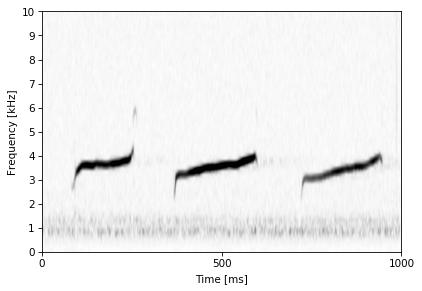
5/14/20 11:20 PM
Solitary Sandpiper (Tringa solitaria)
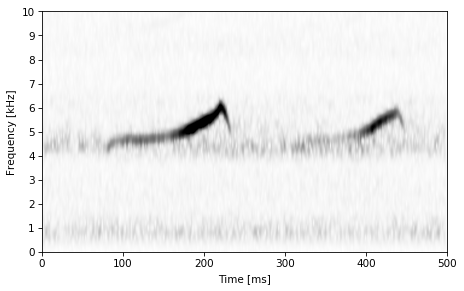
8/19/20 5:11 AM
Greater Yellowlegs (Tringa melanoleuca)
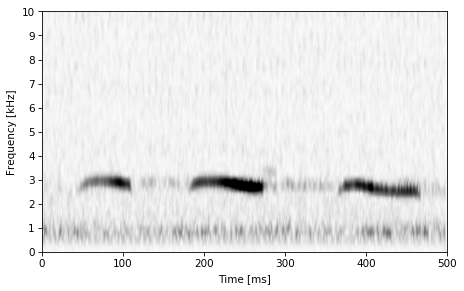
10/21/20 3:52 AM
American Bittern (Botaurus lentiginosus)
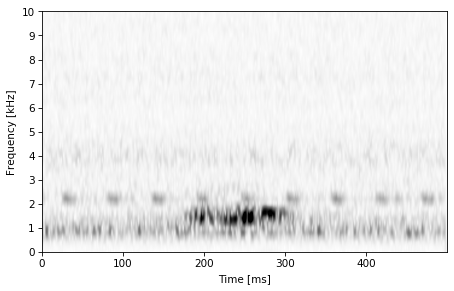
9/14/20 9:09 PM
Least Bittern (Ixobrychus exilis)
The Least Bittern is a rare breeder in the area, and considered rare (rank S2) in Vermont. Extensive wetlands in the area of Shelburne Pond and the grassy floodplains of the Winooski River delta are both confirmed breeding locations (both less than 5 miles away), and other suitable habitat exists even closer to the station where the species has yet to be sighted (such as in Saint Michael�s College Natural Area). The paucity of sightings may be due more to its secretive nature than its scarcity. Given the date of these sightings coinciding with spring migration, I suspect the individuals encountered were just passing through rather than birds breeding locally, but there is no way to be sure. I suspect there are other Least Bittern NFC's in my recordings still waiting to be found.

5/20/20 2:43 AM
Green Heron (Butorides virescens)
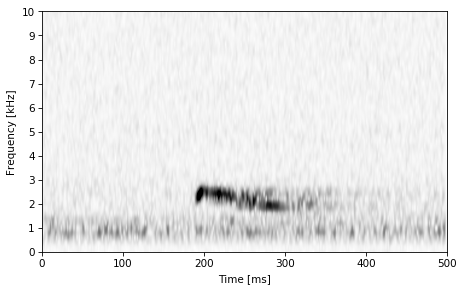
6/01/20 11:34 PM
Black-crowned Night-Heron (Nycticorax nycticorax)

10/02/20 5:23 AM
Golden-crowned Kinglet (Regulus satrapa)
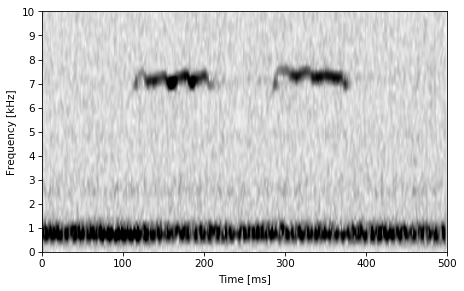
10/26/20 3:26 AM
Red-breasted Nuthatch (Sitta canadensis)

9/24/20 3:34 AM
Veery (Catharus fuscescens)
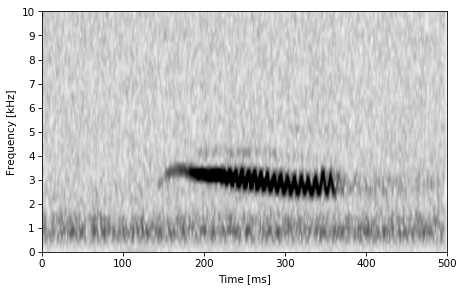
5/18/20 12:28 AM
Gray-cheeked Thrush / Bicknell's Thrush (Catharus minimus/bicknelli)

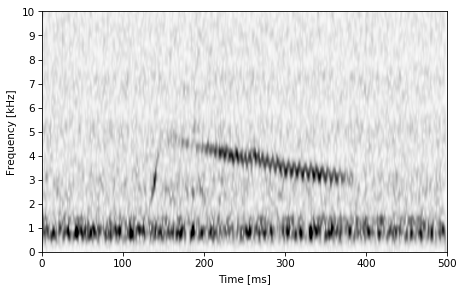
10/11/20 9:38 PM, 10/02/20 5:26 AM
Wood Thrush (Hylocichla mustelina)
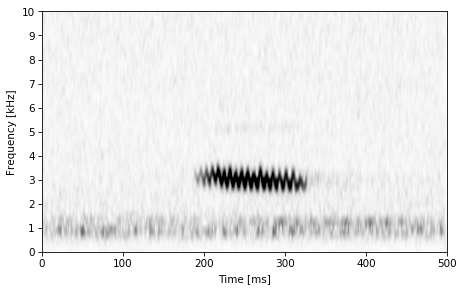
5/11/20 1:20 AM
American Robin (Turdus migratorius)
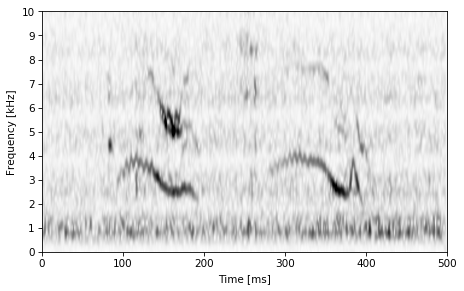
10/14/20 11:00 PM
American Pipit (Anthus rubescens)
A bird of open habitats, the American Pipit is a good examle of a challenging yard bird in the suburbs. Evans and O'Brien (2002) state that pipit flight calls can be heard uncommonly during migration, however I have confirmed this species overhead on one night in the spring and two this fall.
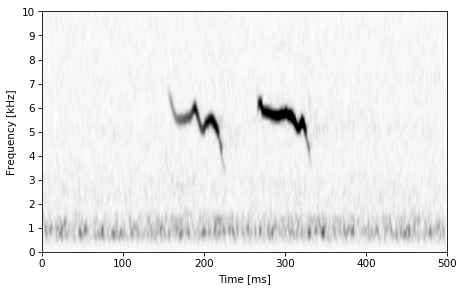

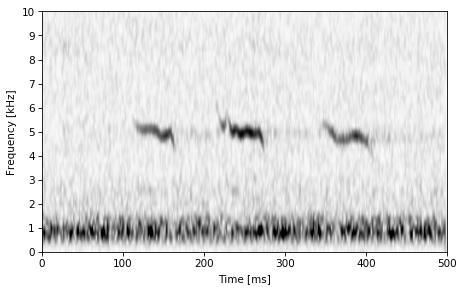
10/02/20 5:34 AM, 10/17/20 10:14 PM, 10/17/20 11:42 PM
Pine Siskin (Spinus pinus)

10/23/20 3:10 AM
American Goldfinch (Spinus tristis)

10/23/20 4:53 AM
Grasshopper Sparrow (Ammodramus savannarum)

6/03/20 1:48 AM
Chipping Sparrow (Spizella passerina)
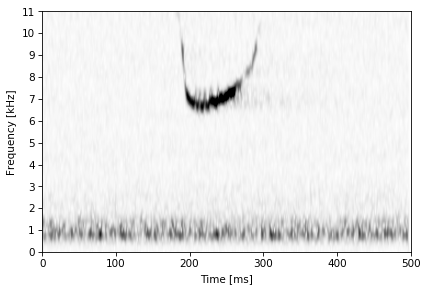
10/17/20 10:09 PM
Fox Sparrow (Passerella iliaca)
I have been told that while this call looks perfect for Fox Sparrow, it may not be possible to distinguish this species from Song Sparrow by NFC with certainty. This was the second of a series of two calls, both with this same shape (although this was the clearer of the two).
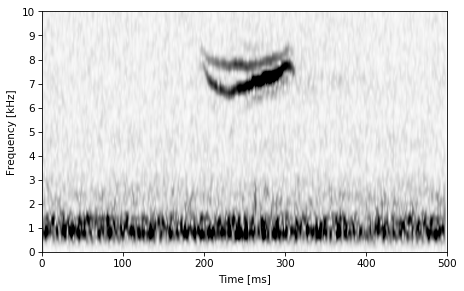
10/17/20 10:36 PM
Dark-eyed Jucno (Junco hyemalis)
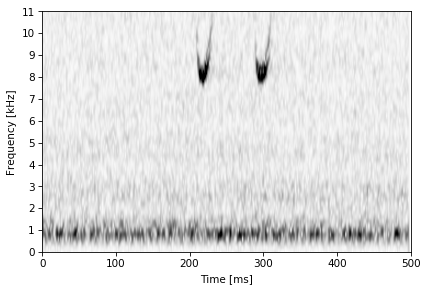
10/05/20 1:11 AM
White-crowned Sparrow (Zonotrichia leucophrys)
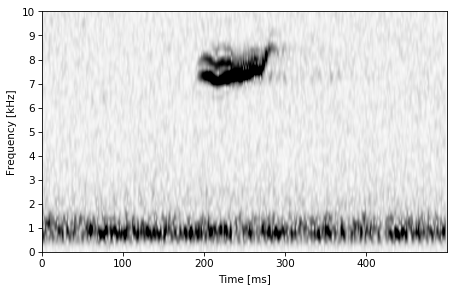

10/17/20 11:36 PM 10/18/20 12:02 AM
White-throated Sparrow (Zonotrichia albicollis)
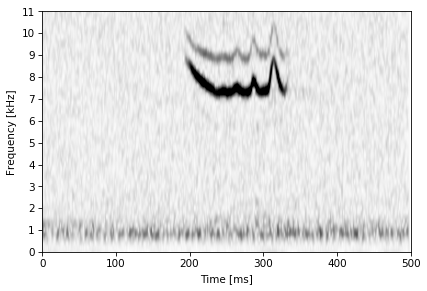

4/26/20 1:08 AM 10/18/20 12:01 AM
Song Sparrow (Melospiza melodia)

10/17/20 10:35 PM
Lincoln's/Swamp Sparrow (Melospiza lincolnii/georgiana)

10/17/20 10:03 PM
Bobolink (Dolichonyx oryzivorus)

5/18/20 1:11 AM
Baltimore Oriole (Icterus galbula)
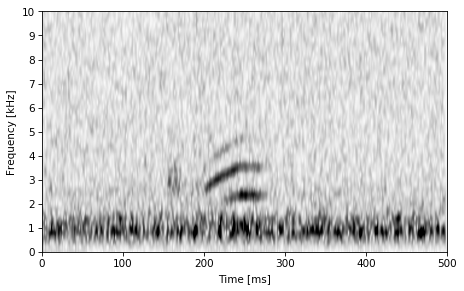
5/17/20 2:02 AM
Baltimore Oriole (Icterus galbula)

5/17/20 2:02 AM
Ovenbird (Seiurus aurocapilla)
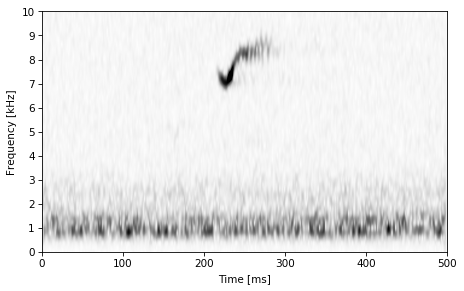
5/14/20 11:20 PM
Black-and-white Warbler (Cardellina canadensis)

8/30/20 9:16 PM
American Redstart (Setophaga ruticilla)
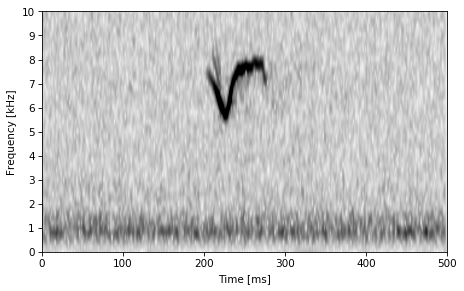
5/18/20 2:09 AM
Cape May Warbler (Setophaga tigrina)
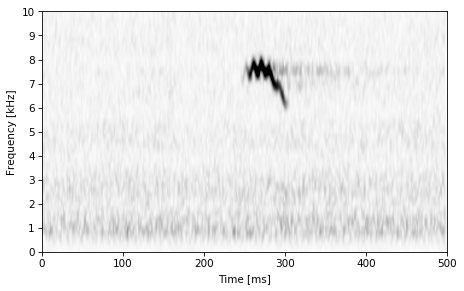
5/26/20 1:28 AM
Bay-breasted Warbler (Setophaga castanea)
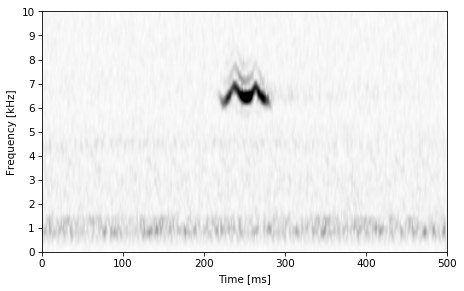
9/14/20 11:29 PM
Yellow-rumped Warbler (Setophaga coronata)

10/20/20 11:58 PM
Canada Warbler (Cardellina canadensis)
An uncommon spring and fall migrant in my area, and a very distinctive NFC that is one of the few warber calls I can distinguish by ear:

8/08/20 12:40 AM
Wilson's Warbler (Cardellina pusilla)

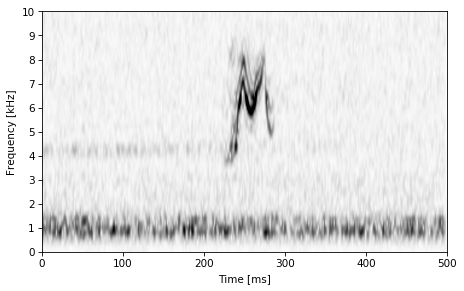
9/14/20 11:27 PM 9/14/20 11:53 PM























































